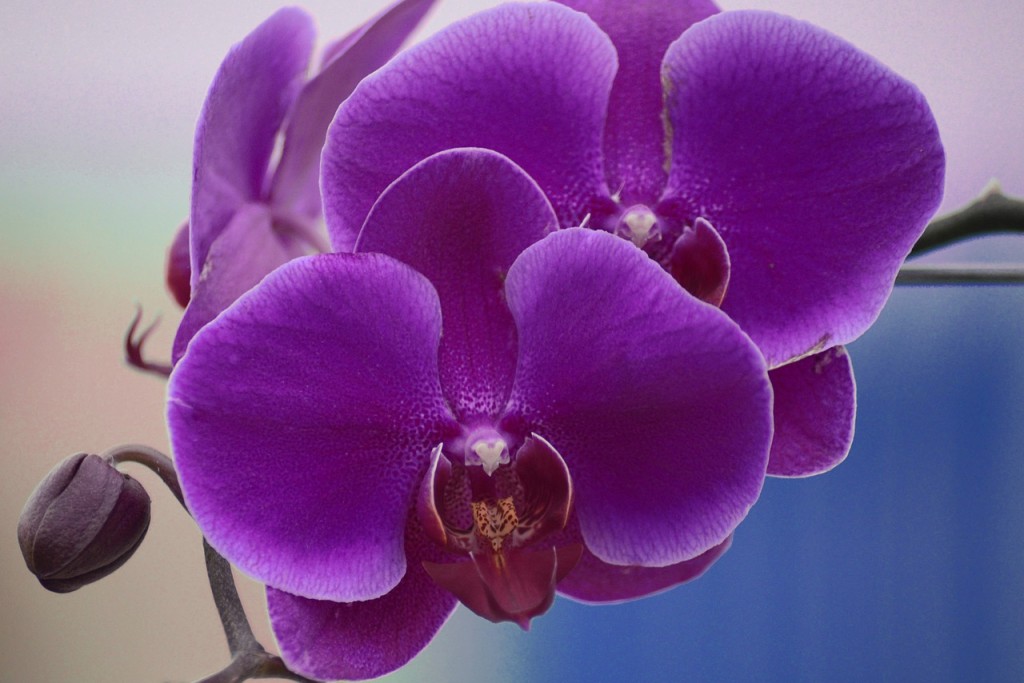
Glasshouse owners could follow the lead of the Royal Horticultural Society (RHS) in the UK and take advantage of the hot green space to nurture plants that may not grow as successfully in outdoor conditions.
The orchid is one example of such a flower and the RHS will be celebrating it with an event entitled Orchids in the Glasshouse from March 17th to April 15th.
Orchidaceae – which is commonly referred to as the orchid family – is one of the largest families of flowering plants.
It can help to turn a greenhouse into a celebration of all things bright and colourful, as the flower can come in a range of exotic colours. Furthermore, high temperatures will be required and will create a perfect tropical haven to show off to friends.
In fact, green-fingered individuals could find their peers enjoy watching them at work when they come to visit, so there may be no need to keep their hobby for themselves as a solitary pastime.
Gardener, author and freelance writer Monica Brandies encourages people to consider watching others get to work in the outdoors. Writing for Tampa Bay Online, she explained taking notice of plants can be very interesting, as there is often a lot to learn about them beyond the initial attraction of their pleasing smell and beauty.
Keen horticulturalists will not doubt also enjoy imparting their knowledge of the background of various plants, in addition to their name and meaning.
For instance, in the case of orchids, John Lindley introduced the plant in his School Botany book and the family name comes from the Greek orkhis, which literally translates as testicle – so named because after the shape of the root.
There is also a mythological background to the ancient name, from the Greek legend of Orchis. The son of a nymph and a satyr – Orchis – came upon a festival of Dionysius, or Bacchus and was torn apart by the Bacchanalians after drinking too much. Following his father’s prayers for his restoration, the gods partially relented and transformed him into a flower.
Several glasshouses could be used by orchid lovers, as different varieties of the plant flourish in a wide range of contrasting temperatures.
Cymbidium and Oncidium grow in cooler temperatures, with the milder conditions being radically different from the more typical tropical climates.
The former genus – which is often abbreviated to Cym – was first discovered by Swedish botanist Olaf Swartz in 1799 and derives from the Greek kumbos – meaning hole or cavity, in reference to the base of the lip.
Alternately, the latter Oncidium was first encountered by the same person in 1800 and is named after the Greek onkos – swelling – which is also a reference to its lower lip.
Colourful and dazzling displays of blossom are also featured in tropical orchids, such as the Phalaenopsis and Vandas.
This may be worth considering for those going for a Hawaiian theme in their garden, as some of these genera are closely associated with the region.
Phalaenopsis – named after moths – is one of the most popular orchids among horticulturalists, as it has undergone significant development in various strains of artificial hybrids.
Interestingly, Vanda is a smaller genus, but is often considered more important for its fragrant and intensely colourful flowers, which can last for a very long time.
Gardeners might want to take their choice of arrangement into consideration as well, as these bright flowers can be arranged into a unique spectacle that will no doubt impress guests.


